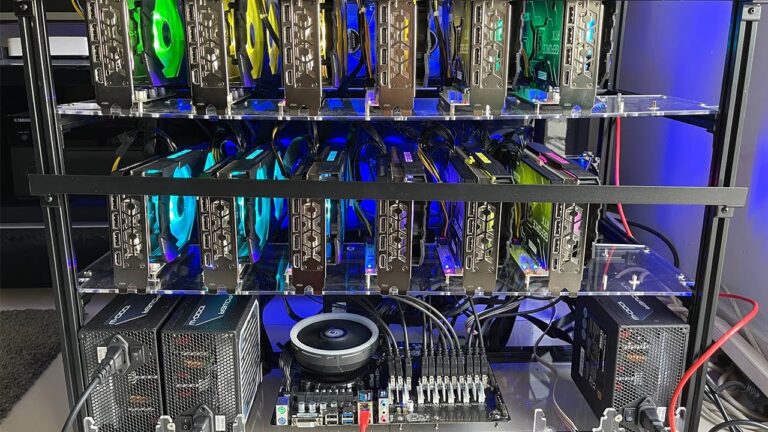Good personal finance habits should be learned since a young age, so getting your son or daughter their personal bank account to start managing is a great idea. Better to make mistakes with few hundred bucks than to get into hundreds of thousands of dollars debt.
Student checking accounts are designed to make it easier to handle our money as a low-income person or one living on a scholarship.
Managing your money doesn’t have to be that difficult, but typically there are monthly fees with most checking accounts that make it more expensive for a student to pay them. Any paycheck from a summer job is likely to get slowly drained away with the fees, so a modified checking account that takes into account that most students aren’t loaded with cash is certainly appreciated.
Let’s look at some of the student checking account benefits.

Basic Checking, Fewer Requirements
Most student accounts have a low opening deposit required – some student checking accounts such as this one don’t even have a minimum opening deposit– to open the account. For students who are waiting for their funding to come through, it’s certainly helpful to not have to scrape together several hundred dollars or more as an opening balance; there’s not always much left after paying for pricey textbooks.
Many banks also waive the requirement with new checking accounts to see a regular wage being paid in via direct deposit. Not every person attending college will have a job – certainly not before they’ve arrived on campus – so waiving this requirement is helpful.
Age Restricted Account Opening
Depending on the bank, you may need to be a student under a certain age. This is kind of an old rule because it’s presumed all students are young, which isn’t always the case. However, older people typically already have a checking account from when they were working full-time and so have little need for a student-specific checking facility.
Fee Waiving
Checking accounts charge monthly fees and possibly other costs depending on the activity in the account. To keep the account open, there’s usually a maintenance fee, which covers the operation of the account. In the case of checking accounts aimed at students, sometimes the monthly fee is waived altogether, or for the first six months to a year. Occasionally, the fee is waived for the life of the account, which could be age-dependent.
ATM Fees
The ATM fees depend very much on where you choose to withdraw money from the machine. With the bank’s own ATM machines, some student accounts provide one or two fee-free withdrawals per billing period (usually the time between statements). For ATMs away from the bank, even ones connected via a common network, these usually are not covered under this fee-waiving agreement. Students should be careful to clarify what ATMs are covered and the fees for the ones that are not, to avoid racking up unnecessary costs.
Digital Statements
When opting for paperless bank statements, these can be obtained by logging into online banking. However, online banking itself may not be provided free. Paper statements are often charged per page or for every statement issued when not taking up the paperless option.
The student checking account is useful for people who are going off to college and need an affordable banking facility while they’re there. Whether to receive a semi-regular paycheck from a summer job or to deposit their birthday checks from relatives, have a checking facility at a reliable bank is a must-have.
Are you convinced yet? See how student checking accounts can help you and then open one.



